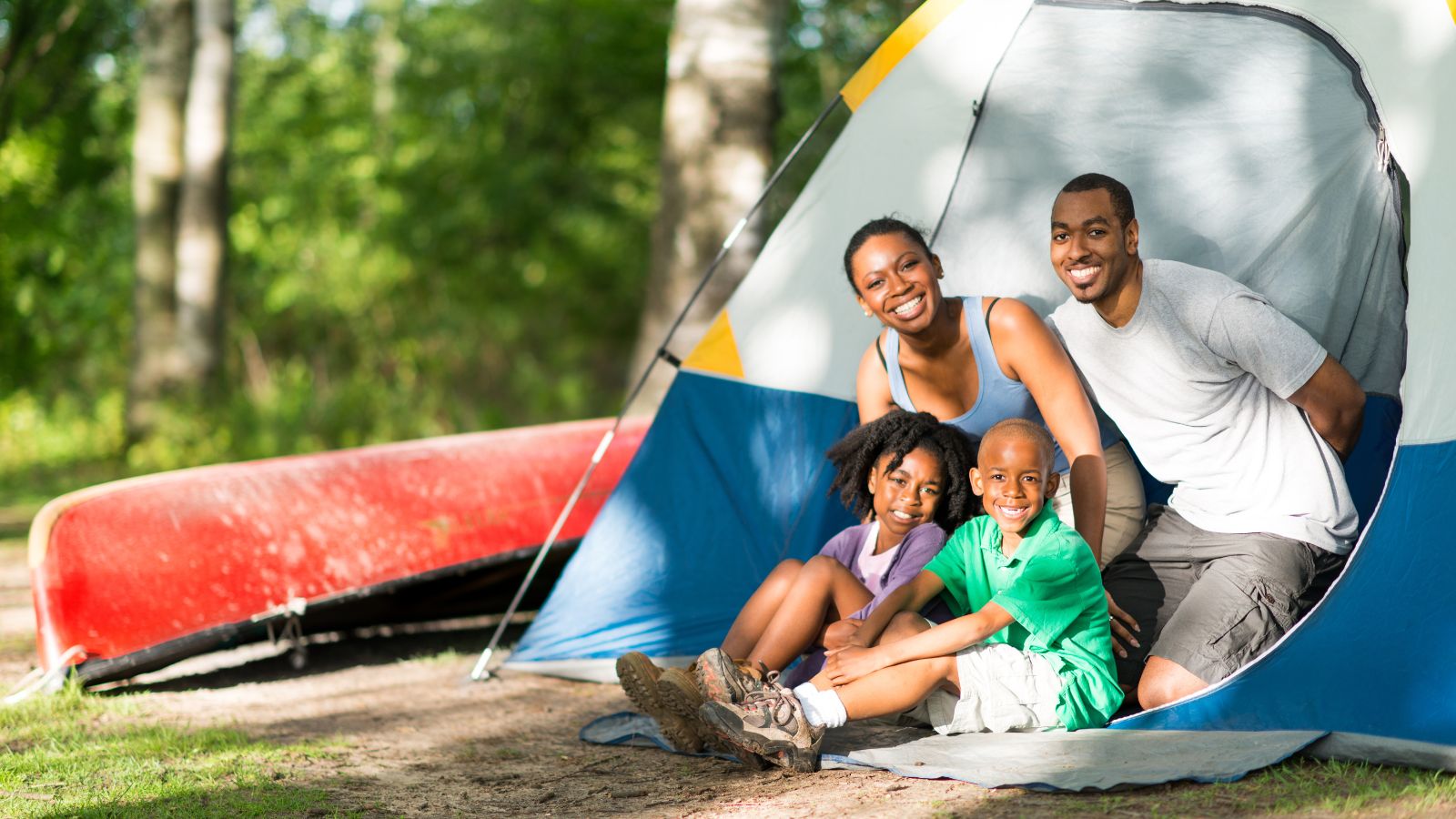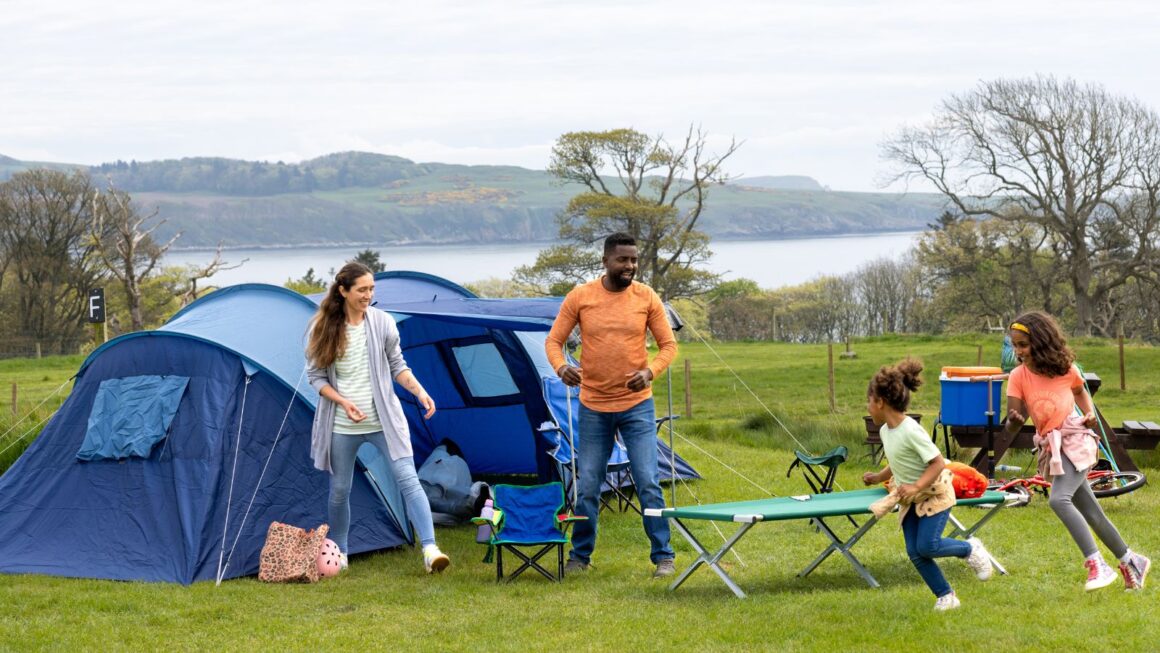You’ve planned the perfect weekend escape — packed the tent, prepped the food, and even remembered the bug spray. But a few hours into your trip, the fridge cuts out, your phone dies, and suddenly you’re rationing battery life like you’re on a survival show. Sound familiar? Power issues are one of the most common frustrations campers face, and they can ruin even the best outdoor adventure.
The truth is, most people don’t actually run out of power — they just don’t manage it correctly. Without the right setup, your batteries can drain faster than you realise, leaving you with melted food, dead lights, and no way to charge your essentials. This is where a dc to dc battery charger makes all the difference.
Why Most Campers Struggle with Power
It’s easy to assume that plugging into a car outlet or relying on a single battery will get you through the weekend. The problem is, your vehicle’s alternator isn’t designed to fully charge a secondary battery — it’s built to keep your main starter battery healthy. So even if you’re driving long distances, your auxiliary battery might only ever reach 70–80% capacity.
That small shortfall adds up over time. Each night your fridge, lights, and devices drain more power than your system can replace during the day. By the second or third day, you’re already on borrowed time.
The Real Power Drain You Don’t See
While flat batteries are the obvious issue, the real cause often hides in how your system handles charge and discharge cycles. Uneven charging, voltage drops, and overloading can silently wear down your batteries, reducing their lifespan dramatically. Many campers think their batteries are faulty, when in reality, they’re just not being charged efficiently.
A proper charging system keeps your power consistent and reliable. It also reduces stress on your alternator and protects your electrical components — saving you money and frustration in the long run.
How to Set Up a Reliable Dual Battery System
Getting your setup right doesn’t need to be complicated. Here’s a simple breakdown of what works for most campers and 4WD owners:
- Start with a deep-cycle battery – These are designed to handle long, steady power use and are perfect for running fridges, lights, and devices overnight.
- Use a dc to dc charger – It ensures your secondary battery charges to 100% capacity, even on short drives or when solar panels are your main power source.
- Add solar input – Portable or roof-mounted solar panels are great for keeping your system topped up during longer stays.
- Install a battery monitor – Knowing your charge level helps you manage power use before problems start.
This combination gives you a self-sustaining setup that works day and night — without needing to idle your car or hunt for power outlets.

Common Mistakes Campers Make
Even with the right equipment, a few habits can still cause problems:
- Running everything at once: Fridges, fans, and lighting together can overload smaller systems.
- Ignoring battery maintenance: Corrosion or loose terminals can interrupt charging.
- Using cheap cables: Poor-quality wiring leads to voltage loss, meaning less charge reaches your batteries.
- Skipping solar when stationary: If you’re parked for more than a day, solar becomes essential.
Avoiding these mistakes will dramatically improve your setup’s efficiency and reliability.
Power-Saving Tips for Longer Trips
Once you’ve got your system running smoothly, small habits can extend your power even further:
- Switch to LED lighting — they’re brighter and use less energy.
- Keep your fridge shaded and open it less frequently.
- Charge devices during daylight hours when solar input is strongest.
- Unplug unnecessary accessories when not in use.
Over time, these small steps add up to hours — even days — of extra battery life.
Make Power the Last Thing You Worry About
Camping is meant to be about disconnecting from the daily grind — not worrying about whether your food’s still cold. With a well-designed dual battery setup, you can enjoy longer trips, colder drinks, and charged devices without stress.
A dependable system gives you the confidence to explore further and stay off-grid longer. So before your next adventure, take the time to understand your setup and invest in the right gear. Once your power is sorted, you’ll finally be able to focus on what really matters — the freedom of the open road and the quiet beauty of the outdoors.



